Fast Facts on AI Adoption in Government
-
Governments are adopting AI to improve public service delivery, accountability, and operational efficiency, while addressing risks like bias and the lack of transparency through strong governance.
-
The U.S. AI Action Plan. promotes coordinated deployment via CAIOC, workforce training, standardized procurement, and talent exchanges to scale responsible AI use across agencies.
-
The Department of Defense is driving adoption through workforce development, virtual proving grounds, AI-enabled automation, and access to resilient compute during national emergencies.
-
Civilian agencies use AI for claims processing, FOIA automation, fraud detection, and multilingual citizen service, achieving faster service and lower error rates.
-
Significant barriers to adoption exist, including fragmented procurement, technical debt from legacy systems, inconsistent risk frameworks, and a lack of continuous monitoring and auditing captabilities.
Why Governments Need to Adopt AI Now
The OECD highlights that AI adoption in government can enhance the speed and oversight of public service, enabling more inclusive, responsive services while strengthening accountability. Risks like bias and opacity, however, require mitigation through strong governance and careful implementation.
Unchecked adoption may erode public trust. A 2025 study using principal‑agent dynamics in AI governance found that initial efficiency gains can later erode citizens’ perceived control as well as institutional trust. In the US, federal spending on AI reached roughly $4.38 billion in 2022, showing the need for serious investment in AI governance and security.
Without AI, governments risk falling behind the private sector. Unfortunately, many agencies still rely on manual, legacy systems. The UK’s public accounts committee found that 60% of the agencies surveyed faced data quality issues and 70% struggled to recruit digital talent.
Government-Wide Actions in the Plan
The AI Action Plan calls for formalized coordination via the CAIOC. This council is intended to ensure federal agencies speak a common language for AI. It proposes a talent‑exchange program to move specialized AI skills rapidly across agencies to help close skill gaps and accelerate safe AI deployment. A central feature in the Action Plan is the AI procurement toolbox managed by the General Services Administration and the Office of Management and Budget. This toolbox streamlines model selection and encourages the reuse of agency AI use cases. The plan sets a target of 100% of federal agencies participating in the CAIOC by FY2026. It directs agencies to maintain a public registry of approved AI use cases, ensuring transparency and reusability across government. In addition, it mandates agency workforce access to AI models and tools.
DoD-Specific Actions to Drive Adoption
The Department of Defense has created a skill blueprint for widespread training of AI professionals. This blueprint aligns training programs with strategic needs in autonomy and machine learning, and ensures that personnel receive standardized, role‑based instruction at scale. The aim is to close critical talent gaps by 2026.
The DoD is standing up an AI & Autonomous Systems Virtual Proving Ground, to enable virtual testing of AI systems before real‑world deployment. This reduces risk and increases adoption.America’s AI Action Plan emphasizes that such assurance frameworks are essential for accelerating deployment while maintaining security. The DoD mandates workflow triage and automation, with an additional requirement to permanently transition these processes once they are proven.
To support AI during crises, the DoD has agreements in place for priority compute access, including reserved GPU cluster tiers in Tier 1 secure data centers, in case of national emergencies. These agreements guarantee that essential AI systems remain operational under strain. This capability is vital for mission resilience and agility, especially in contested environments. The strategy includes building out senior military colleges as AI hubs for enterprise AI search in government, as well as for curriculum development.
Examples of AI Adoption in Government
Governments around the world are integrating AI into public services, demonstrating how advanced technologies can enhance efficiency, transparency, and responsiveness in civic operations.
Civilian agency use cases
Benefits processing copilots now summarize claims, flag missing documents, and route cases correctly. This reduces days‑to‑decision and expedites claimant outcomes.
Some agencies are deploying AI to support the Freedom of Information Act (FOIA), for example triage and redaction tools. They classify FOIA requests, auto‑redact PII, and assemble release packets. These systems reduce backlog and lower error rates by minimizing manual review. A FOIA machine‑learning study shows that automated classifiers can reliably detect privileged content when trained carefully. Grants and procurement assistants are being used to run eligibility checks, highlight risk flags, and draft justification language. These tools shorten cycle times and improve compliance findings. Early pilots suggest productivity gains without compromising compliance.
According to a Brookings analysis on fraud prevention in public programs, data mining and machine learning are increasingly used across governments to detect fraud in relief programs and public spending, creating measurable improvements in cycle times and reducing improper payments.
Citizen-facing virtual agents now offer multilingual chat for FAQs and status updates. These agents reduce inbound calls and improve customer satisfaction, while scaling to handle volume spikes without adding human staff. This indicates AI’s potential to route queries and reduce human workload, especially in multilingual contexts. Records and policy search systems retrieve authoritative citations with provenance. They fundamentally improve groundedness scores and reduce rework by surfacing validated references at the point of query.
Department of Defense use cases
An intelligence analysis copilot integrates reports from disparate sources, enriches them with citations, and assembles briefings. It reduces analyst hours and improves provenance coverage, which is essential in intelligence workflows.
Predictive maintenance tools detect failure patterns and schedule repairs before breakdowns. These systems improve mission-readiness and reduce equipment downtime. The Rapid Sustainment Office PANDA platform is the U.S. Air Force’s designated system of record for predictive maintenance. It integrates AI/ML to analyze sensor and historical maintenance data and has eliminated unscheduled breaks and reduced unscheduled maintenance man-hours by 51% for B‑1 bombers.
For mission planning and wargaming, AI now generates potential courses of action, along with constraints. This speeds planning and lets commanders explore more scenarios quickly. Recent research into hierarchical reinforcement in combat simulations outlines how AI agents can scale to support complex decision-making, superhuman-level planning, and faster scenario exploration in wargames.
In cyber defense, AI-assisted SOC tools triage alerts, summarize threats, and suggest response playbooks. They cut the mean time to detect and respond, improving network resilience.
Barriers to Government Adoption
Despite its immense potential, government adoption of AI is often slowed by regulatory complexity, legacy systems, data privacy concerns, and a shortage of skilled talent.
Fragmented procurement and legacy systems
Federal IT spending still skews toward keeping the lights on. This perpetuates legacy risk and slows the implementation of new pilots. It also fragments vendor choice and contract cycles. MITRE’s 2024 legacy analysis links this tech debt to major outages and security exposure. That fragility raises integration costs for AI services and data pipelines. Agencies then under-invest in data quality and MLOps. Procurement rules differ by bureau and program. The result is duplicated AI pilots and limited reuse. Centralized guidance helps, but the baseline technical debt remains high.
Risk posture for high-consequence domains
Defense and healthcare have low tolerances for model error. The White House Action Plan calls for standards, testbeds, and secure data centers for national security workloads, signaling a higher assurance bar for these missions. It also implies longer evaluation cycles and tighter controls. Agencies need high-security computing to proceed, coupled with joint adoption assessments across both the DoD and the intelligence community. This ensures careful consideration before deployment, but it also raises costs for provenance and security engineering. The posture is prudent but slows time-to-value without purpose-built evaluation.
Gaps in continuous monitoring, explainability, and audit trails
Trust is earned through measurement in production. NIST’s Generative AI Profile (AI 600-1) emphasizes ongoing monitoring and risk measurement. CSF 2.0 adds a stronger Governance function for oversight. These frameworks push for telemetry, drift checks, and incident logging. Many agencies still lack end-to-end audit trails for LLM outputs, as well as repeatable tests for groundedness and policy alignment. GAO’s 2025 review shows agencies are still formalizing generative-AI policy and controls. Closing these gaps is essential to sustained adoption.
Metrics and ROI for Public-Sector AI
Agencies should track real outcomes, not just pilot counts. Cycle-time and backlog size are first-order KPIs. Yet, a GAO 2025 review found that even though agencies are rapidly expanding AI use, fewer than one-third currently track standardized KPIs such as days-to-decision or error rates. GAO shows AI use cases jumped from 571 (2023) to 1,110 (2024) across selected agencies, with generative AI up from 32 to 282. More cases need hard KPIs attached from day one. Days-to-decision, rework rate, and response accuracy are minimums to track. Reliability demands additional metrics like groundedness scoring and policy-violation counts.
Workforce ROI should be visible in training completion rates and per-role AI utilization. For defense workloads, that also means mission-relevant time savings and impact on readiness. The Action Plan’s push for secure-compute means SLAs should be tracked and monitored for classified environments. As NIST AI 600-1 notes, deploying AI without continuous measurement risks eroding governance and public trust; adoption without KPIs is essentially counterproductive experimentation.
How Knostic Supports Government & DoD AI Adoption
Knostic is designed for public sector compliance, integrating into cloud, hybrid, and classified environments using Microsoft, Google, or custom LLM stacks. It fits alongside existing data governance and logging tools with no-code deployment. Agencies can run prompt simulations to test AI risk before granting Authority to Operate. These tests identify oversharing, jailbreaks, and inference attacks. Knostic supports both centralized and federated control models, enabling scalable AI adoption with consistent oversight.
It provides real-time telemetry on usage, quality, groundedness, and jailbreak attempts. Evaluation runs can be scheduled in testbeds and proving grounds, aligning with the OMB AI Action Plan and the NIST AI Risk Management Framework requirements. Knostic produces audit-ready logs for incident response and compliance, helping agencies move from experimentation to secure production.
The platform enforces need-to-know access at the knowledge layer using context-aware controls that redact or block sensitive outputs before delivery. These controls apply across copilots and LLM search tools like Microsoft 365 Copilot and ChatGPT. Enforcement scales automatically without interrupting legitimate workflows.
Finally, Knostic aligns sensitivity labels with RBAC or PBAC frameworks. It ensures AI responses respect policy intent, even when knowledge is inferred across sources. This supports CMMC, FedRAMP, and GDPR compliance. Persona-based controls prevent over-permissioning and make AI decisions traceable and verifiable.
What’s Next?
Knostic’s LLM Data Governance White Paper distills years of work with public sector AI into a practical framework. Review it to see how the solution can reduce your AI generated risk.
FAQ
- How is AI being used in the government?
Agencies are implementing AI to speed up benefits processing, triage FOIA requests, improve procurement compliance, and run multilingual citizen service agents. In defense contexts, AI is used for intelligence synthesis, predictive maintenance, cyber defense automation, and mission planning. The goal is to reduce cycle times, improve accuracy, and repurpose skilled personnel to higher-value work.
- What is the biggest challenge facing governmental AI adoption?
The most significant barrier is not technology, but its governance. Fragmented procurement, legacy systems, inconsistent risk posture, and lack of continuous monitoring hinder the responsible scaling of AI. Agencies need aligned procurement, policy-driven AI behavior, and runtime auditability to meet compliance frameworks like NIST AI RMF and OMB’s AI Action Plan.
- What are 3 top AI use cases in governments?
First, benefits processing copilots that summarize claims and reduce decision time. Second, FOIA automation tools that classify, redact, and assemble release packets, reducing backlog and error rates. Third, citizen service virtual agents that provide 24/7 multilingual support, deflecting calls and raising satisfaction scores.
- What is the DoD AI adoption strategy?
The Department of Defense is executing a coordinated plan that includes a skill blueprint, training at scale, a virtual proving ground for pre-deployment testing of AI and autonomous systems, workflow triage with plans for permanent automation, priority compute agreements in case of national emergencies, and the designation of Senior Military Colleges as AI hubs. This comprehensive strategy is designed to ensure readiness, resilience, and decision superiority while meeting strict security standards.






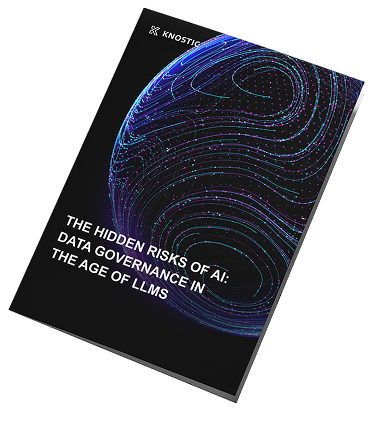
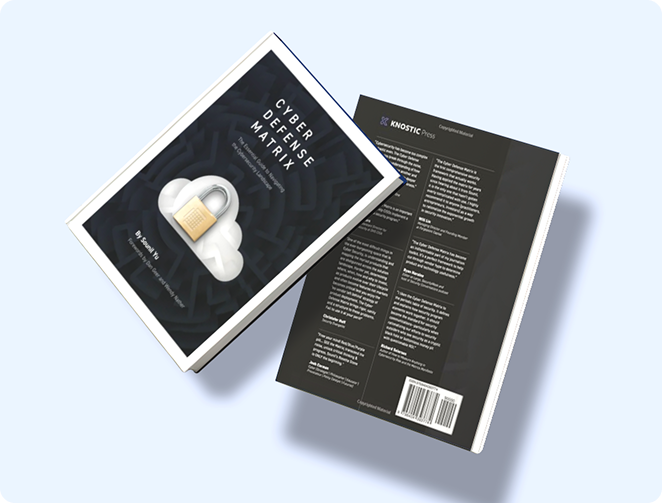
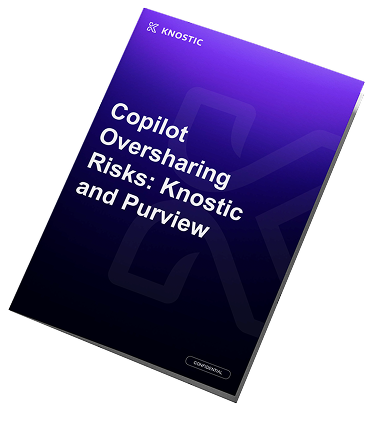
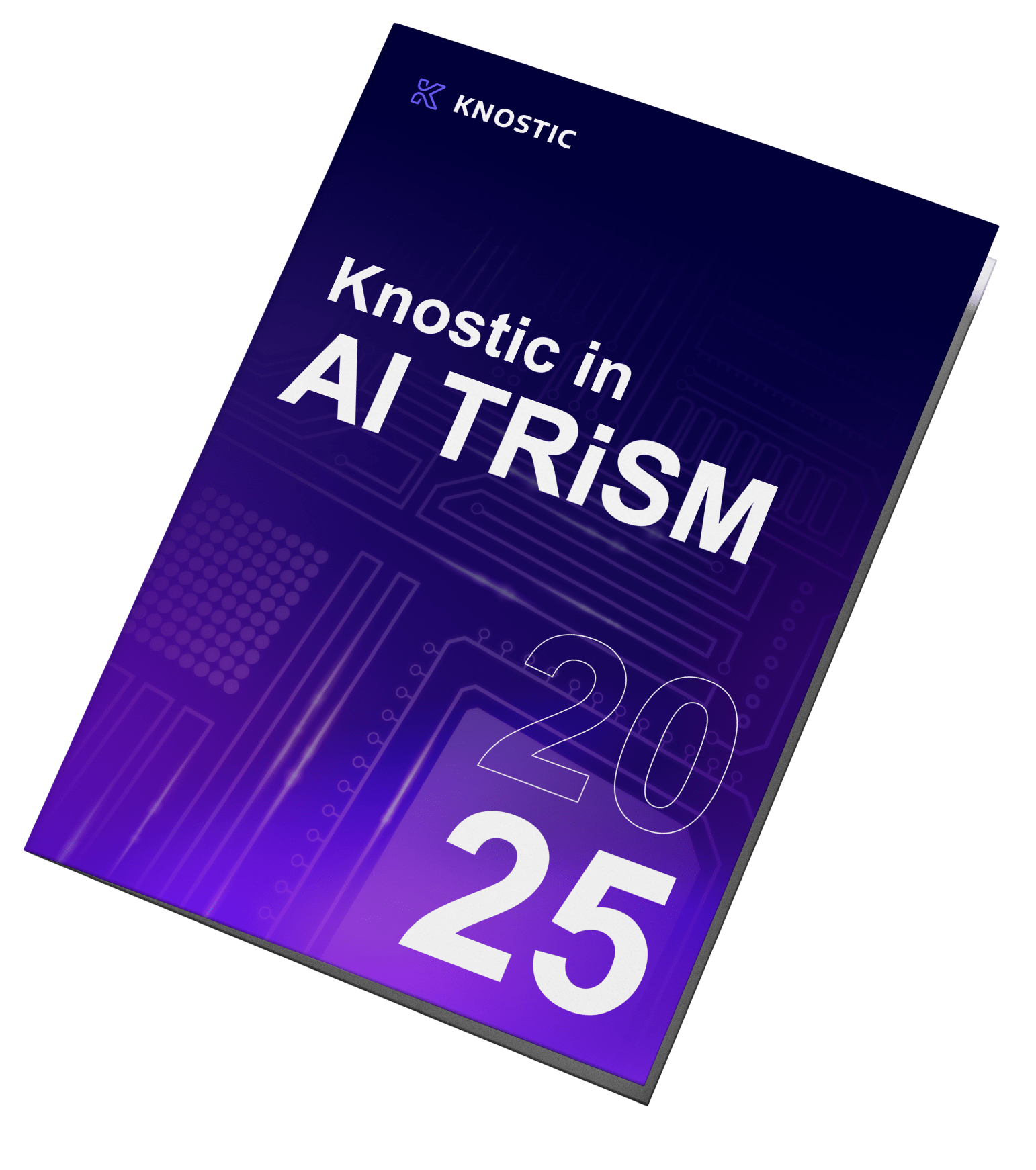
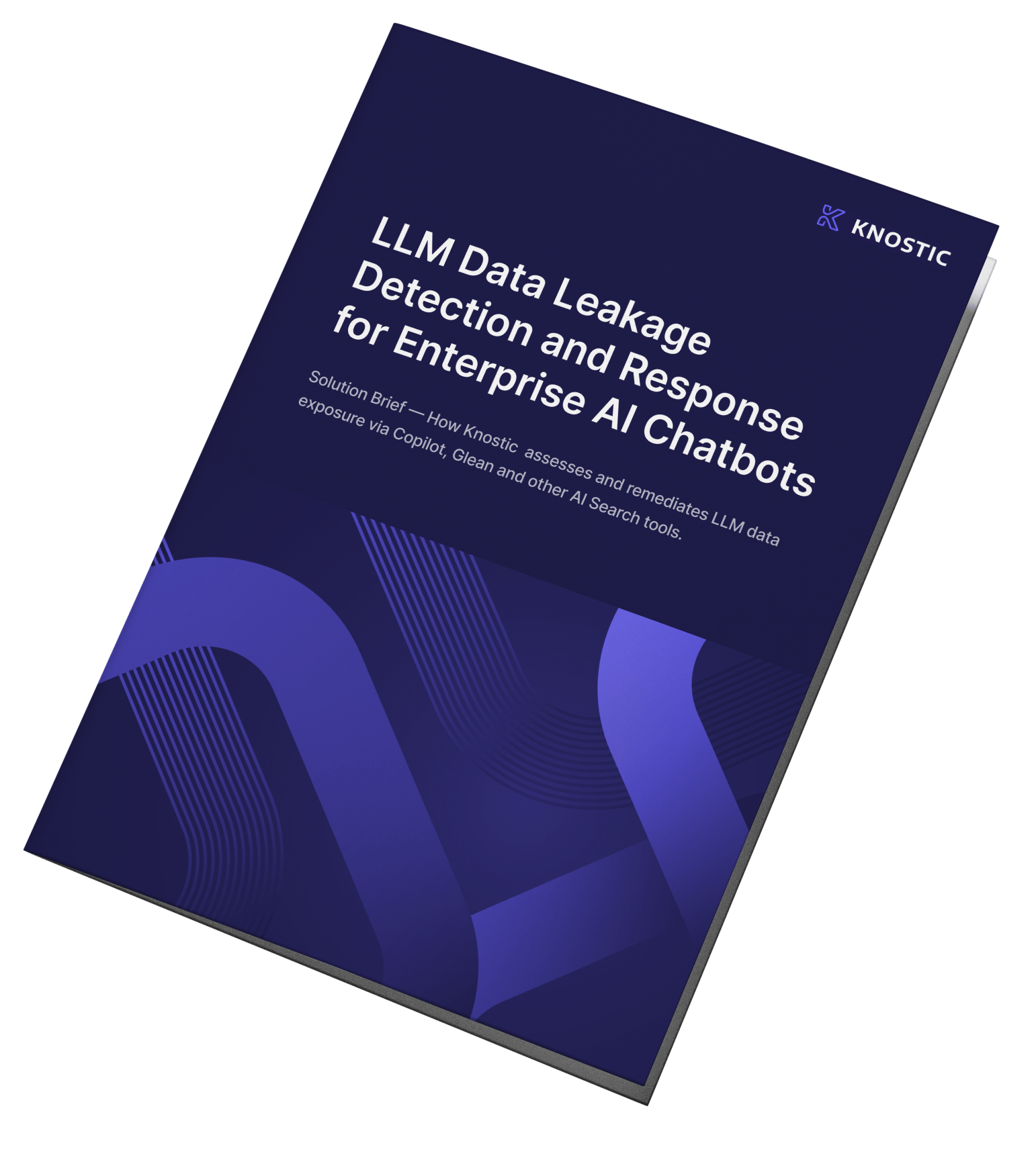
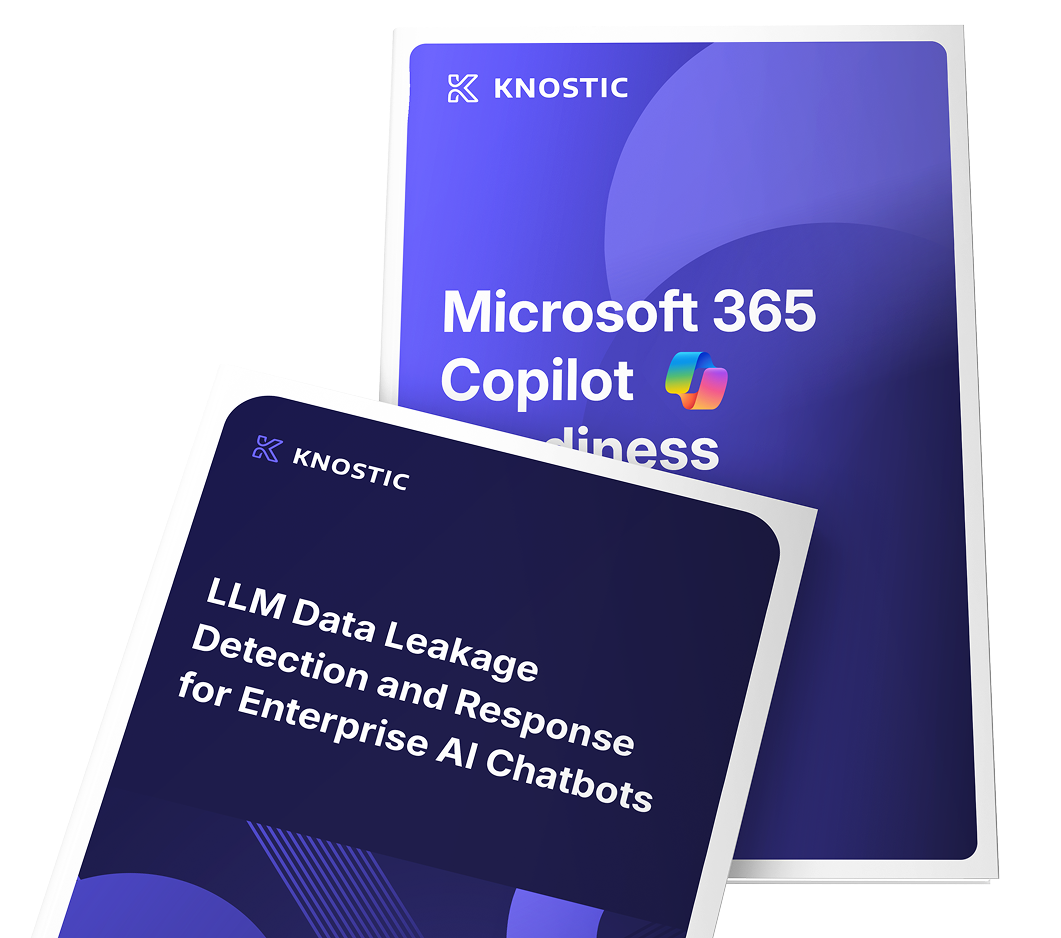
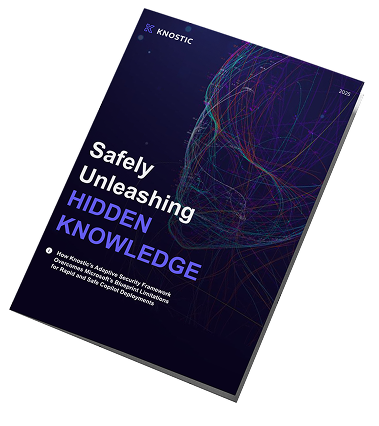
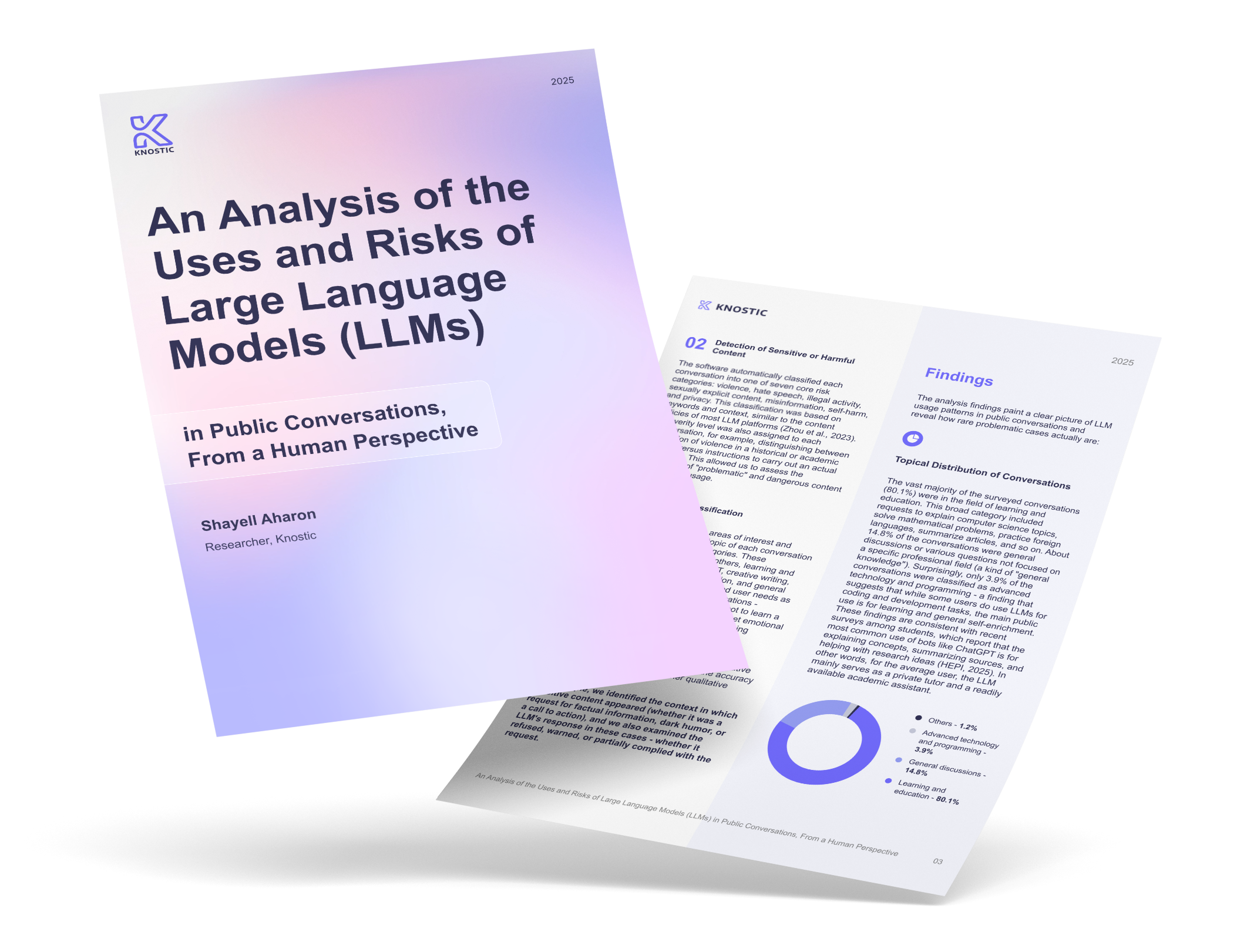




.png?width=520&height=294&name=Enterprise-AI-Adoption-(AI-Action-Plan).png)

